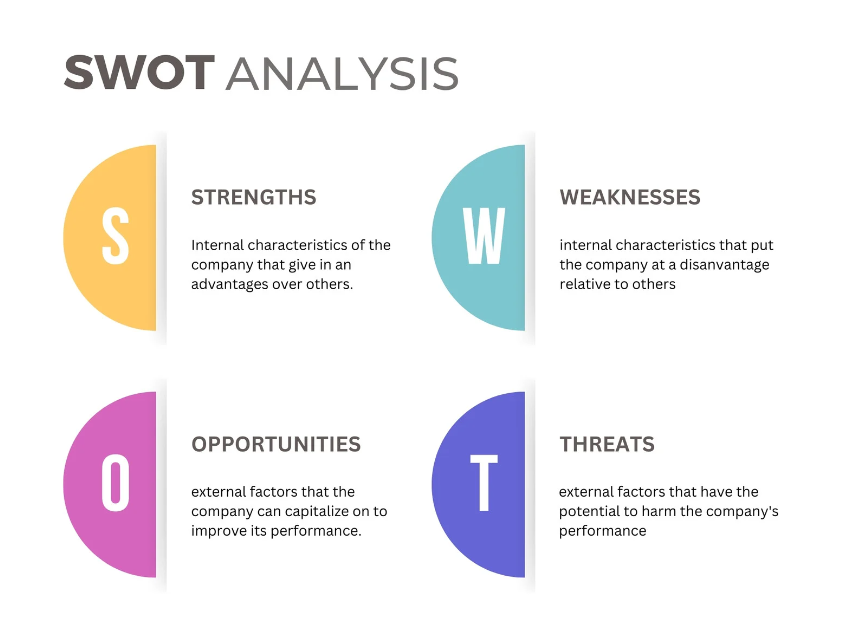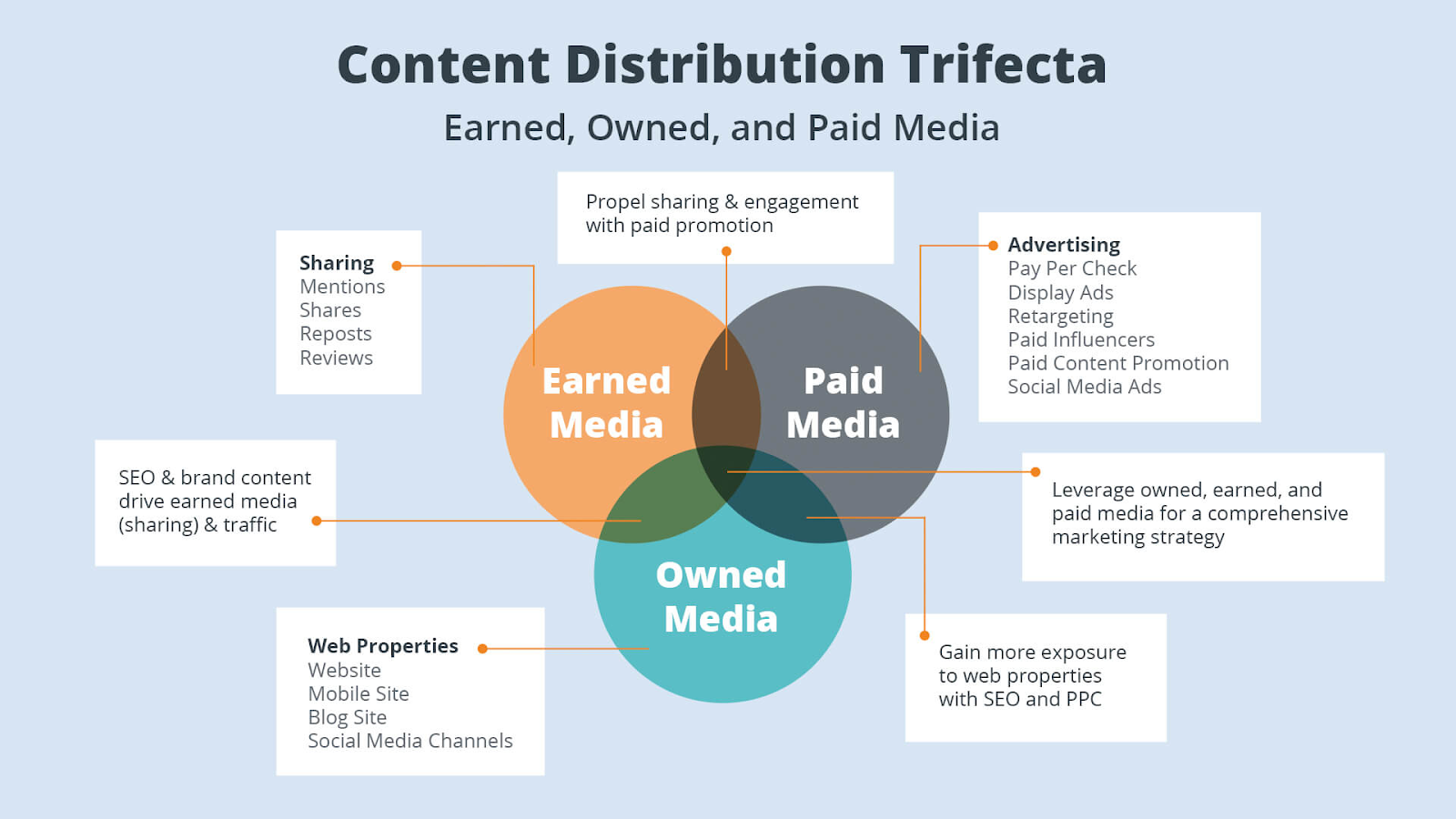Did you know that 99% of businesses face competition from others? This fact shows how key it is to study your rivals’ blogs. By looking at their content strategies, you can learn a lot to improve your own. This helps you stay on top in the fast-changing world of content marketing.
Doing a deep dive into your competitors’ blogs is not just a quick look. It’s a detailed process that looks at their content, SEO, and how they connect with their audience. This guide will show you how to analyze blogs to get ahead in your field.
If you’re a marketer or a business owner wanting to grow online, this guide (How To Do A Competitor Blog Analysis) is for you. We’ll teach you how to do a thorough competitor blog analysis. You’ll learn to spot your main competitors, check their content quality, and see how they share their content. We’ll cover all you need to know to make your content marketing better.
Key Takeaways
- Competitor blog analysis is crucial for maintaining a competitive advantage
- Aim to analyze 7-10 competitors for a diverse market assessment
- Examine competitors’ content quality, SEO strategies, and audience engagement
- Identify content gaps to create unique and valuable content
- Use competitor insights to tailor content that resonates with your target audience
- Analyze competitors’ distribution channels to improve your content reach
Understanding the Importance of Competitor Blog Analysis
Competitor blog analysis is key for businesses wanting to lead online. It lets you see what your rivals are doing. This helps shape your own strategy and boost your online presence.
Benefits of analyzing competitor blogs
Looking at your rivals’ blogs has many benefits. You find new keywords, spot market gaps, and understand SEO better. This helps you make content that grabs your audience’s attention.
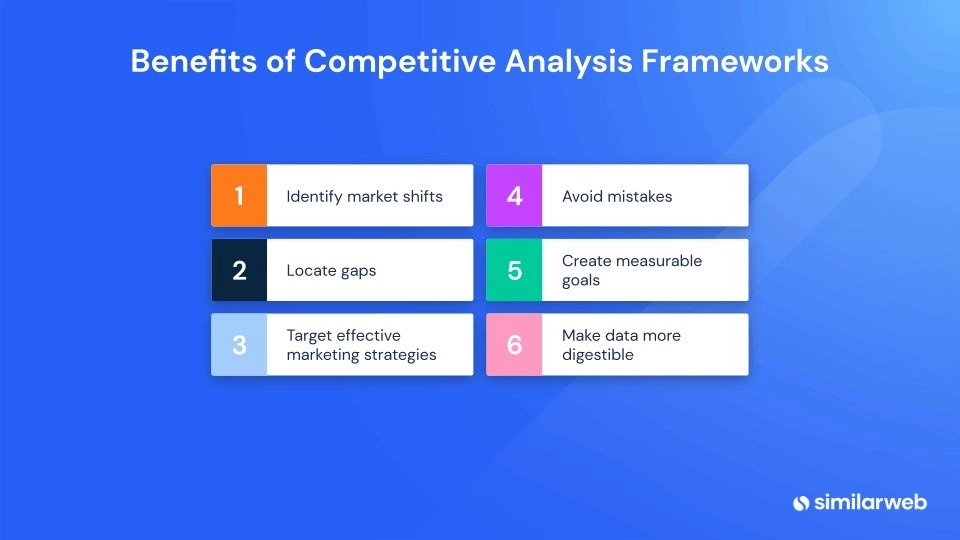
How it informs your content strategy
Deep analysis of competitors helps improve your content plan. You learn from their successes and adapt them to your brand. This way, you create unique content that speaks to your audience and differentiates you.
Gaining insights into industry trends
Competitor blogs are a peek into what’s new in your field. By watching their content, you catch the latest topics early. This lets you make timely, relevant content that makes your brand a leader.
| Aspect | Benefit |
|---|---|
| SEO landscape | Uncover new keyword opportunities |
| Content strategy | Identify gaps and develop unique content |
| Industry trends | Stay ahead of emerging topics |
| Competitive advantage | Adapt successful models to your brand |
By using competitor blog analysis, you get the tools for a strong, data-driven content strategy. This strategy drives growth and success in your market.
Identifying Your Competitors in the Blogosphere
To succeed in the competitive world of blogging, you need to identify competitors and understand their strategies. This process involves recognizing both direct competitors and indirect competitors in your niche.

Direct vs. Indirect Competitors
Direct competitors target the same audience with similar content. Indirect competitors may overlap with your niche but focus on different aspects. For example, if you run a fitness blog, a direct competitor might be another fitness blogger, while an indirect competitor could be a nutrition website.
Tools for Discovering Competitor Blogs
Several competitor discovery tools can help you find and analyze blogs in your space:
- Google Analytics: Track website interactions and improve SERP visibility
- Semrush: Monitor traffic and keywords to optimize content
- SpyFu: Find relevant keywords and analyze competitors’ rankings
- BuzzSumo: Measure performance across SERPs and social media
Creating a Competitor Shortlist
When you identify competitors, focus on a diverse group of 7-10 blogs. Include established players and new entrants to get a comprehensive view of your niche. Consider factors like Domain Authority, content quality, and engagement levels when selecting competitors to analyze.
| Tool | Primary Function | Key Benefit |
|---|---|---|
| Google Analytics | Website interaction tracking | Improves SERP visibility |
| Semrush | Traffic and keyword monitoring | Optimizes blog content |
| SpyFu | Keyword research and ranking analysis | Enhances SEO strategy |
| BuzzSumo | Performance measurement | Tracks social media impact |
By thoroughly analyzing your competitors, you gain valuable insights to refine your content strategy and stay ahead in the blogosphere.
How to Do a Competitor Blog Analysis: Step-by-Step Guide
Doing a competitor blog analysis is key to understanding your market and boosting your content. Let’s look at the main steps to get valuable insights.
First, find your main competitors. Use tools like SEMrush or SpyFu to find blogs in your niche. Make a spreadsheet to keep track of your findings. Include columns for company names, content types, and how often they post.
Then, dive into the content itself. Look at the main topics, subtopics, and writing style of each competitor. Notice the quality of their content, like how easy it is to read and how well-researched it is.
| Aspect | What to Analyze |
|---|---|
| Content Types | Blog posts, videos, infographics |
| Keywords | Target phrases, search intent |
| Topics | General themes, specific subjects |
| Quality | Writing style, research depth, visuals |
Use a competitive analysis framework like SWOT analysis. This helps you see what each competitor is good at, what they’re not, and what opportunities and threats they face. It shows you where you can improve your strategy.
Check how easy it is to use your competitors’ blogs. Look at navigation, how fast the pages load, and if they work well on mobile devices. These things affect how well readers stay engaged and how well they rank on search engines.
Lastly, use tools like Similarweb to look at backlink profiles and track SEO performance. This shows you where you can improve your content and keywords.
Evaluating Content Quality and Relevance
Understanding your competitors’ content strategies is key. Look at topic relevance, writing style, and content formats. Let’s dive into how to check these in your competitors’ blogs.
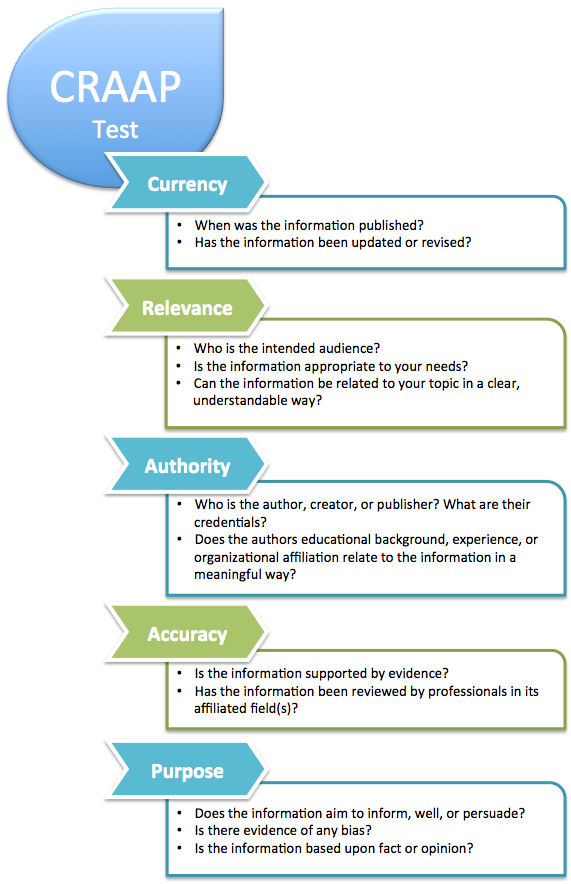
Assessing Topic Selection and Depth
Check your competitors’ main topics and how often they post. Look at their content’s depth. Check the word count, accuracy, and how unique it is.
Analyzing Writing Style and Tone
Study your competitors’ writing styles. Notice their tone, how easy it is to read, and how well they keep readers interested. Keeps readers for 8:18 minutes on average. This grabs people’s attention.
Examining Content Formats and Visual Elements
See the different types of content your competitors use. This includes:
- Long-form articles
- Blog posts
- Infographics
- Videos
Look at how your competitors use pictures and videos to make their content better. Using many types of content can help keep readers engaged and improve SEO.
By carefully checking these areas, you can learn how to make your content better. This will help you beat your competitors.
Analyzing SEO Strategies and Performance
To stay ahead online, it’s key to analyze your competitors’ SEO. Look at their keyword strategies, backlinks, and technical SEO. This helps you improve your own SEO game.
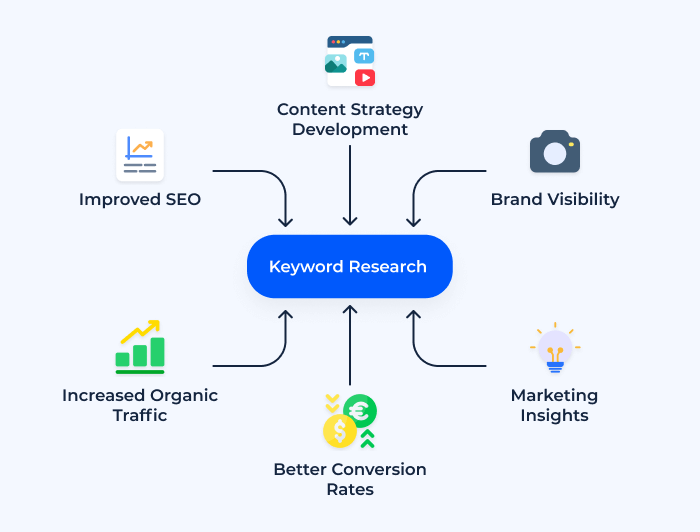
Begin with a keyword analysis. Find out what keywords your competitors use. Tools like Semrush’s Keyword Gap can show you new keywords to target. Make sure to save your findings for later.
Then, check out your competitors’ backlinks. A good backlink profile means more authority and better rankings. Use tools to see their backlinks and find ways to improve your own site’s links.
Don’t forget about technical SEO. Look at your competitors’ site structure, speed, and mobile optimization. These affect rankings and user experience. Use Site Audit tools to compare and find ways to get better.
- Identify 4-5 main organic competitors
- Check competitors’ Authority Scores
- Perform a Keyword Gap Analysis
- Examine top-performing pages
- Monitor new and lost keyword rankings
Keep updating your SEO competitor analysis to stay on top. This way, you’ll always be ready for new search trends and your competitors’ moves. Your SEO strategy will stay sharp and effective.
Examining Content Distribution and Promotion Tactics
It’s key to know how your competitors share their content. This helps you make a better social media plan. You can then reach your audience more successfully.
Social Media Strategy Analysis
Look closely at your rivals’ social media. The Sprout Social Index 2023 shows that 68% of people follow brands to learn about new stuff. Check their content types, how often they post, and how people interact with them.
See what posts do well and their hashtags. This will show you what works for your audience too.
Email Marketing Approach
Check out your competitors’ email marketing. Sign up for their newsletters. See how often they send emails and what they ask you to do next.
This can help you make your emails better. It can also get more people to open and read them.
Guest Posting and Collaboration
Find out where your competitors write guest posts. Also, see who they work with. This can lead to new partnerships and reach more people.
Doing a deep analysis is more than just watching. Use tools to track mentions, do keyword research, and watch reviews. This will help you understand their strategies better. And it will help you stay ahead online.
Uncovering Engagement Metrics and Reader Interaction
Looking at your competitors’ engagement metrics can offer valuable insights. By checking social shares, comments, and user experience, you can improve your content strategy.

Analyzing Comments and Social Shares
Check the number and quality of comments on your competitors’ blog posts. Do readers ask questions or share their experiences? This shows high engagement. Tools like Buzzsumo can track social shares, showing which topics are most popular.
Evaluating Call-to-Action Effectiveness
See how competitors get readers to interact. Do they use pop-ups, embedded forms, or end-of-post CTAs? Notice the placement, wording, and design. Kompyte can automatically track these elements for you.
Assessing Overall User Experience
User experience is key to engagement. Check your competitors’ site speed, mobile responsiveness, and navigation. Similarweb offers insights into visitor behavior, showing what keeps readers engaged.
| Metric | Tool | What It Measures |
|---|---|---|
| Social Shares | Buzzsumo | Total shares across social platforms |
| User Engagement | SocialPilot | Engagement rate based on followers and interactions |
| Website Analytics | Similarweb | Traffic sources and visitor behavior |
By deeply analyzing these metrics, you’ll understand what works in your industry. This knowledge will help you create more effective content strategies.
Conclusion (Analyzing A Competitor’s Blog)
Looking at your competitors’ blogs can help your content strategy. It shows you what’s working in your field and how you can do better. This is key to staying ahead online.
Google now values content made by users more than ever. So, it’s important to see how your rivals connect with their audience. Checking your competitors regularly helps you keep up with changes in the market. Tools like Semrush and SE Ranking make it easier to track and analyze their sites.
Doing a deep dive into your competitors’ blogs can guide your content plan. It lets you see where you stand, find new chances, and make smart choices for growth. By always checking and adjusting based on what you learn, you’ll be ready to beat your rivals and grab more of your audience’s attention.
FAQs – How To Do A Competitor Blog Analysis
What are the benefits of conducting a competitor blog analysis?
A competitor blog analysis can reveal new keyword opportunities. It also gives a deeper look into the SEO world. This helps shape your content strategy. It shows where your competitors are missing, letting you stand out. This is a big advantage.
How do I identify my competitors in the blogosphere?
First, find out who your direct and indirect competitors are. Direct ones sell similar stuff to your target audience. Indirect ones might offer different versions of your products. Use tools like Semrush’s Market Explorer to list your competitors. Aim for 7-10, mixing old and new players in the market.
How do I evaluate the content quality and relevance of my competitors’ blogs?
Check their topic choices, how deep they dive, and their writing style. Look at the types of content they use, like articles and videos. See how often they post and what topics they cover. Also, check how they use SEO in their content.
How can I analyze my competitors’ SEO strategies and performance?
Look at their keyword use, backlinks, and technical SEO. SEO tools can show you what keywords they’re using. Check the quality and number of their backlinks. Also, examine their website’s structure, speed, and how it works on mobile.
How do I examine my competitors’ content distribution and promotion tactics?
Study their social media, email marketing, and partnerships. See how active they are on social media and how often they post. Check the types of content they share. Use tools like Milled to analyze their email campaigns. Look for guest posts and collaborations to see how they reach more people.
How can I uncover my competitors’ engagement metrics and reader interaction?
Look at comments, social shares, and how users interact with their site. Check if they have good calls-to-action. See how easy their site is to use. Assess their website’s speed, navigation, and how it works on mobile devices.


